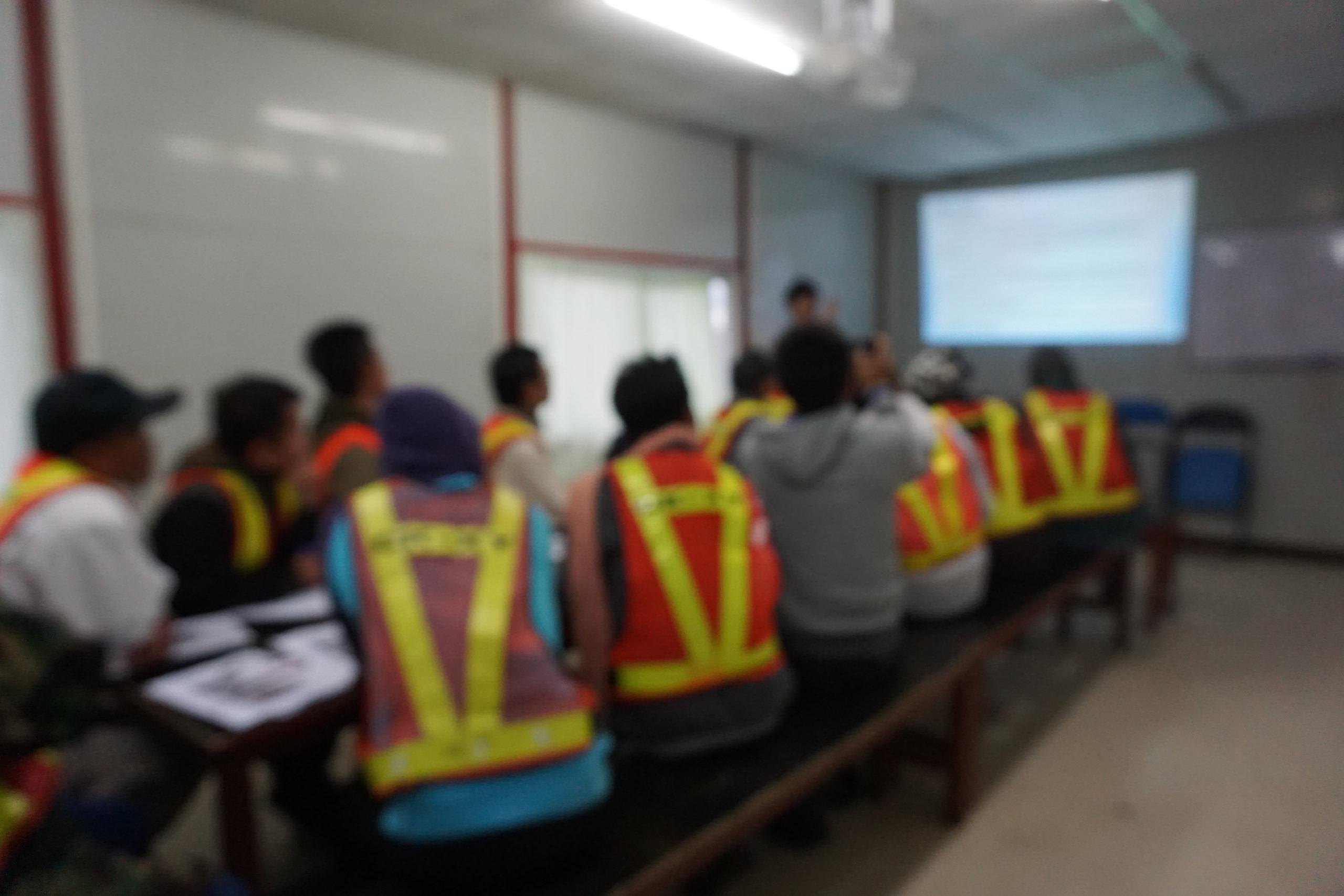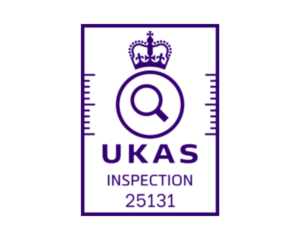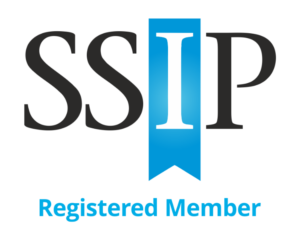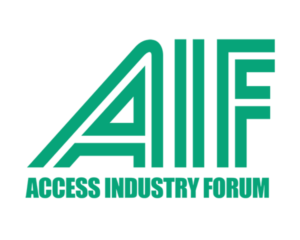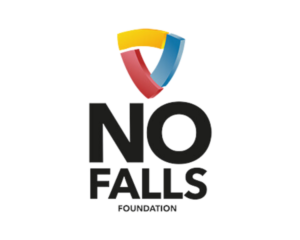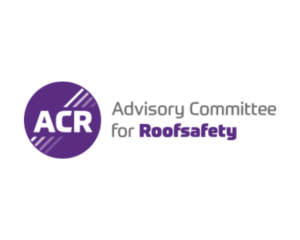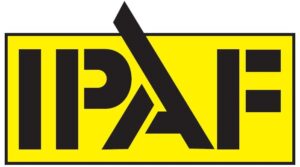On 23rd June, Prime Minister Boris Johnson described Britain’s “long hibernation period” as edging towards its end. He was, of course, referring to the gradual relaxing of guidelines for living with the coronavirus over the last few weeks and in particular the shortening of social distancing from two metres to one metre, which will come into effect on 4th July.
Following this will be the reopening of pubs, restaurants, hotels, hairdressers and barbers in England, which seems to signal a mass return to normal – or at least a new kind of normal. In a boost for domestic tourism, most leisure facilities and tourist attractions can reopen, while people will be allowed to stay overnight in hotels, bed and breakfasts and campsites.
Another recent milestone was the reopening of retail outlets selling non-essential goods on 15th June, albeit within the challenging parameters of social distancing and heightened cleaning methods (the new one-metre social distancing directive will be very welcome for businesses).
The construction and facilities management sectors were amongst the first to make a cautious or “controlled” return to work, with some engineers and operatives returning to site as early as April. The relaxing of guidelines, discussed above, is good news for all sectors, the safety systems industry included. As more and more people return to work, as well as going back to the shops and using a variety of leisure facilities, the economy will begin to function more normally. This will see demand rise across all industries, as businesses can once again start to meet the requirements of their customers.
The work of FASET members safeguards workers and users of buildings of all kinds. So, what is being done in consideration of your safety regarding the coronavirus and working on site? The latest version of the government’s guidance document for “Working safely during COVID-19 in construction and other outdoor work” was released on 14th June. The same social distancing and heightened cleansing measures apply as with all industries. Other measures include:
- Staggering arrival and departure times at work sites to reduce overcrowding
- Providing additional parking places and helping people to travel by other means e.g. public transport, cycling or walking.
- Limiting the number of passengers in corporate vehicles.
- Having more entry points to the workplace to reduce congestion, and using one-way systems.
- Using touch-free door-opening devices to reduce or eliminate physical contact.
- Staggering break times and using safe outdoor areas where possible.
Steps are also recommended for explaining the measures you are taking on your site, such as:
- Providing signage to inform the public on what work you are doing.
- Providing signage at entrances to the worksite to remind the public and workers to maintain social distancing.
- Providing signage on rights of way that cross your workplace to remind the public to maintain social distancing.
- Establishing host responsibilities relating to COVID-19 and providing any necessary training for people who act as hosts for visitors.
- Informing visitors that they should be prepared to remove face coverings if asked to do so by police officers and staff for the purposes of identification.
- Reviewing external messaging to visitors to make sure it does not provide information that may present a security risk, such as the location of queues or the number of people permitted in a queue.
Although the latest guidelines are only a few days old, the social distancing measures refer to keeping two metres apart, which has since changed to one metre. You can check for updates at https://www.gov.uk/guidance/working-safely-during-coronavirus-covid-19. It is also important to look out for further government updates via news broadcasts to ensure you are fully up to date on the latest guidelines.

